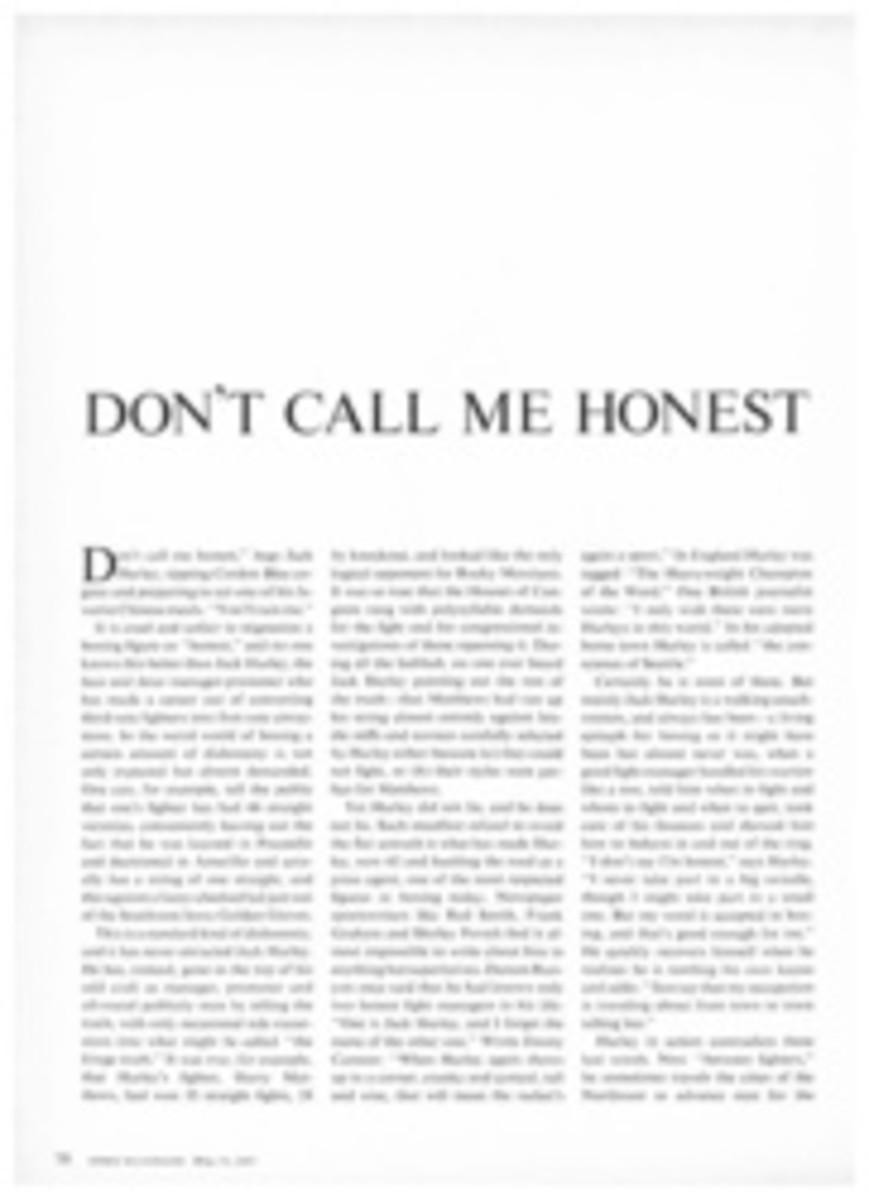
UDALL AT THE BRIDGE
Like Horatius at the Tiber bridge of Rome, Stewart L. Udall, a Secretary of the Interior who knows how to dramatize his job, last week viewed a battleground: Rainbow Bridge, the unique natural arch in the uniquely scenic canyon country of the Upper Colorado. No less embattled than Horatius but faced with a complexity of conflicts that the noble Roman never could have imagined, the Secretary took extraordinary action to focus national attention on the bridge—and, to paraphrase another daring young man in the news last week, he took those who went along with him for "one hell of a ride."
Horatius fought at the Tiber with sword and shield; Secretary Udall deployed upon the banks of the Colorado River a flock of helicopters loaned by the U.S. Air Force. Into these he marched the party he had assembled to demonstrate the problem at the bridge: 60-odd representatives of Congress, the conservation organizations, the Navaho Indians and the press. And before these worthies could catch their breath and stop to think what they were doing, they found themselves looking at the nation's knottiest conservation controversy from what might realistically be called a suspended point of view.
There below them, minutes after takeoff, lay the partially completed Glen Canyon Dam, which ultimately will back up the Colorado's waters until they fill the narrow canyon beneath Rainbow Bridge. This, of course, is in clear violation of the law which says that no dams or reservoirs constructed under the Colorado River Storage Act may impinge upon the territory of a national park or national monument. Secretary Udall, the hat of his office as the nation's dam builder set firmly on his head, presumably noted details of the mighty structure rising between Glen Canyon's 700-foot walls with satisfaction: it is progressing nicely.
Some 30 minutes later, having been set down upon a desert mesa, the Secretary's guests found themselves looking down upon Rainbow Bridge itself. It was a view that few of them are ever likely to forget. For now they were bucketing along not in the huge multi-passenger helicopters of the Air Force but in tiny three-man affairs with bubble canopies, from which, to give a little bit of extra space, the doors had been removed. Thus, as the little machines whirled their passengers off the mesa and over the canyons, in some cases the last few inches of a congressional rump or a conservationist elbow hung above empty space.
In these breath-taking contraptions the entire party was wafted, two by two, from the mesa's heights to the canyon's depths, where, abruptly, they found themselves in a wilderness spot so inaccessible that only some 15,000 people have visited it since it was first discovered in 1909. "Gentlemen," said Secretary Udall as he stepped out of his machine, "this is the cheapest price of admission that anyone has ever paid to see this place." Some, but not all, agreed.
And now, as government people, conservationists, Indians and newsmen followed their host at a brisk clip toward the towering natural bridge, the sad dilemma created by the dam became apparent. For here, indeed, was a uniquely beautiful and compelling place. The red canyon walls towered above, sometimes as straight as though hewn with a cleaver, sometimes curved and twisted. A small stream slid over smooth rocks into clear pools. Bright desert flowers bloomed along the stream, and lizards scurried about, lifting their heads to show palpitating throats as they scanned the strangers. Secretary Udall, his other hat as guardian of the nation's parks and monuments now just as firmly on his head, pointed out here and there how high the water would rise, obliterating the little stream and leaving ugly marks on the brilliantly colored walls.
Later, in an isolated summit conference at the site of one of the retention dams proposed to protect the bridge (see map), Secretary Udall, Commissioner Floyd Dominy of the Bureau of Reclamation and Anthony Wayne Smith, executive secretary of the National Parks Association, discussed the feasibility of such retention dams—which may cost up to $25 million.
By midafternoon those who still had strength left in their legs followed the still fast-stepping Secretary up the steep abutments of the bridge right to the top of the great structure itself, a climb that required not only strength but nerve. There, in a final bravura exhibition, a couple of the little helicopters landed to take some of the climbers directly back to the mesa.
Two weeks or so from now echoes of that memorable expedition will ring in Washington, for then the House Appropriations Committee will rule on an item in Secretary Udall's budget to provide protection for the bridge. Which hat will sit most firmly on the Secretary's head on this occasion no man knows, for on this matter he has so far kept his own counsel.
PHOTO
WILDERNESS MAN UDALL SURVEYS RAINBOW BRIDGE SITE WHERE WATERS WILL RISE
MAP
'THE CURE IS AS BAD AS THE DISEASE'
Thus one conservation official characterized the various proposals for protecting Rainbow Bridge (2) from the waters impounded by Glen Canyon Dam (1). As the over-all map shows, Lake Powell (named after John Wesley Powell, geographer and explorer) will back up for 186 miles, invading hundreds of miles of canyons large and small. Rainbow Bridge will be caught between two dangers: the waters rising from Lake Powell, and the runoff waters and flash floods from 10,416-foot Navaho Mountain which feed its little stream. Thus protection becomes a complicated matter. One suggestion (see small map at right) is to divert runoff waters by a tunnel into neighboring Aztec Creek, with dams either at Site A or B to stop the rise from Lake Powell. Another is to build a dam at Site C with a pumping station to carry runoff and flood waters over the dam. Materials for Dams A or B would come from the high mesa overlooking the canyon; for Dam C either from the mesa or by barge up the Colorado. Damsite C is the one most favored by conservationists pushing for protection by this means, but others point out that no matter which is chosen, the now untouched wilderness area would be permanently scarred. Meanwhile, Secretary Udall has advanced his own proposals to enlarge the present 160-acre national monument into a great new national park. Three possible parks have been outlined (top left); final decision on these rests chiefly with the canny Navaho Indians, whose reservation covers most of the area.

